 Image: The Dolomites, David Millett, CC BY-SA 4.0, Wikimedia Commons Image: The Dolomites, David Millett, CC BY-SA 4.0, Wikimedia Commons If someone asked you – “what do you want to do when you become an adult?" – what would your response be? Now, imagine me as a 14-year-old student at an art school, and one day going to a Red Cross course and recognizing that you love the idea of the First Rescue and Emergency services. My first answer was always – Astronaut! But… what should I do now? Astronaut or Doctor ...? Solution? Helicopter flight physician! But how can I do this thing…is it possible? Yes, it is! I first studied medicine and became an anesthetist and intensivist. And so it was… once I graduated and then specialized in anesthesia, I began to frequent the world of Helicopter Rescue. A fantastic job that combines flight, wonderful landscapes (the Dolomites ...) and the human factor. A lot of different situations every day and in different places. The helicopter flight physician is responsible for providing casualties with emergency medical assistance at the accident site, as well as attending to patients during primary and secondary missions. The scope of activities also involves recovering patients from topographically difficult terrain by means of a rescue hoist. This applies exactly from the time the patient is put into your care until you hand them over to the medical staff responsible at the destination hospital. 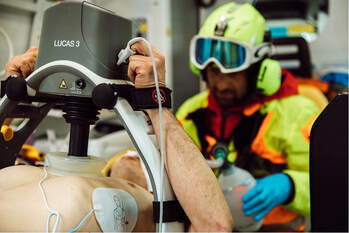 LUCAS-3 (Stryker) - delivers high-quality consistent chest compressions LUCAS-3 (Stryker) - delivers high-quality consistent chest compressions I remember one early afternoon in September 2013, the Helicopter Emergency Medical Service (HEMS) Dispatching Centre of Treviso, Italy received a call from a person who told the operator that her cousin, a 53-year-old man with a previous history of inferior myocardial infarction, had suddenly fallen down while walking at home. While dispatching the nearest ambulance, the dispatcher provided CPR pre-arrival instructions to the caller, according to standard protocols. An EMS helicopter, staffed by an emergency physician (namely, me!) and a nurse, was dispatched to the scene. The first emergency unit, staffed by a nurse and an emergency technician, reached the patient within 10 minutes of the call and found the woman performing chest compressions as instructed by the dispatching center operator. My team in the helicopter reached the patient 10 minutes after the first unit started ACLS (Advanced Cardiac Life Support). The cardiac rhythm was a persistent ventricular fibrillation and the decision was made to apply a LUCAS-3 chest compressions device to the patient, who was then transported directly to the hospital and catheterization laboratory. Selective percutaneous coronary angiography was performed with ongoing continuous mechanical chest compressions. Coronary angioplasty was performed on two coronary arteries. Five days after resuscitation, the patient was extubated and was alert and oriented. After 16 days he was discharged from the Intensive Care Unit and transferred to a post-intensive care unit. The patient survived without any neurological damage despite prolonged resuscitation and a call-to-ROSC (return of spontaneous circulation) interval of nearly 2 hours. The immediate beginning of chest compressions by the caller and uninterrupted CPR by medical teams preserved the brain from ischemic damage. The mechanical chest compression device permitted safe and effective CPR during helicopter transportation directly to the catheterization laboratory, which permitted the removal of the coronary artery occlusions, which were preventing the ROSC. This is why I think this is an amazing job… A little about the author: Alessandro Forti As well as being a certified specialist in Cardiac-Anaesthetics, Intensive Care Medicine and Aerospace Medicine, currently working as an intensivist, cardiac-anesthesiologist and HEMS doctor in northern Italy, Alessandro has a passion for space clinical medicine, which began in 2012 following a post-graduate course in Space Medicine at the San Donato Milanese University. He has been involved in space medical research as a COSPAR (Committee on Space Research) collaborator and acted as a reviewer of many scientific articles for the journal Advances in Space Research (Elsevier). He was also Coordinator of the HEMS base in Pieve di Cadore-Italy from 2018-2020. Alessandro is Principal Investigator for the research Mechanical Cardiopulmonary Resuscitation in Simulated Microgravity and Hypergravity Conditions: a manikin study, which took place during the 4th. parabolic flight campaign in Dübendorf (CH) in June 2020, in collaboration with the SkyLab Foundation, CNES and DLR. His main areas of interest are space clinical medicine, CPR in different environments (mountain, avalanche victims, hypothermia, hyper and microgravity), ongoing CPR with ECMO (Extracorporeal Membrane Oxygenation) neuroprotection and neuromonitoring during DHCA (Deep Hypothermia Cardiac Arrest) in Cardiac Surgery.
Comments are closed.
|
Welcometo the InnovaSpace Knowledge Station Categories
All
|
InnovaSpace Ltd - Registered in England & Wales - No. 11323249
UK Office: 88 Tideslea Path, London, SE280LZ
Privacy Policy I Terms & Conditions
© 2024 InnovaSpace, All Rights Reserved
UK Office: 88 Tideslea Path, London, SE280LZ
Privacy Policy I Terms & Conditions
© 2024 InnovaSpace, All Rights Reserved

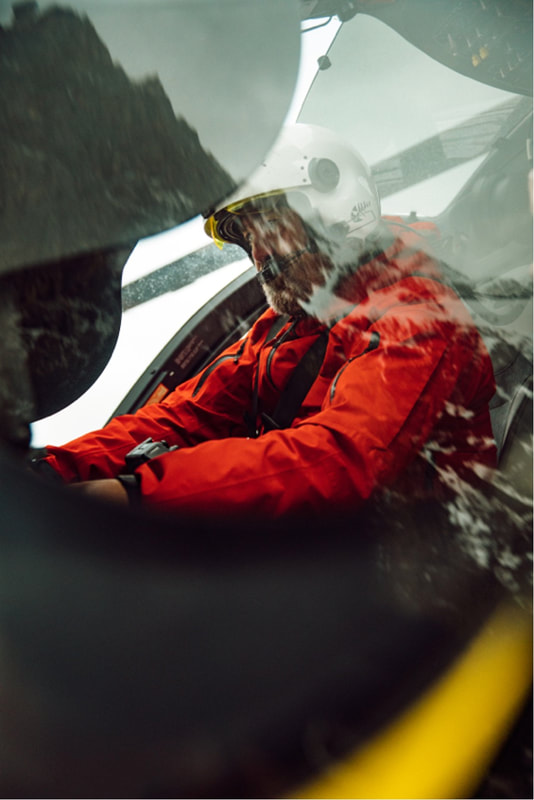
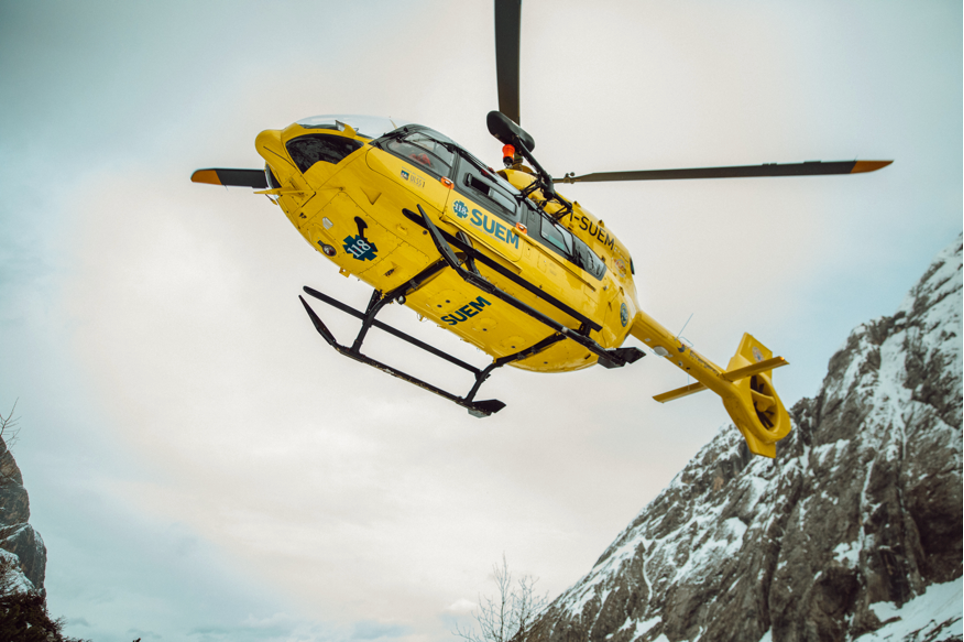
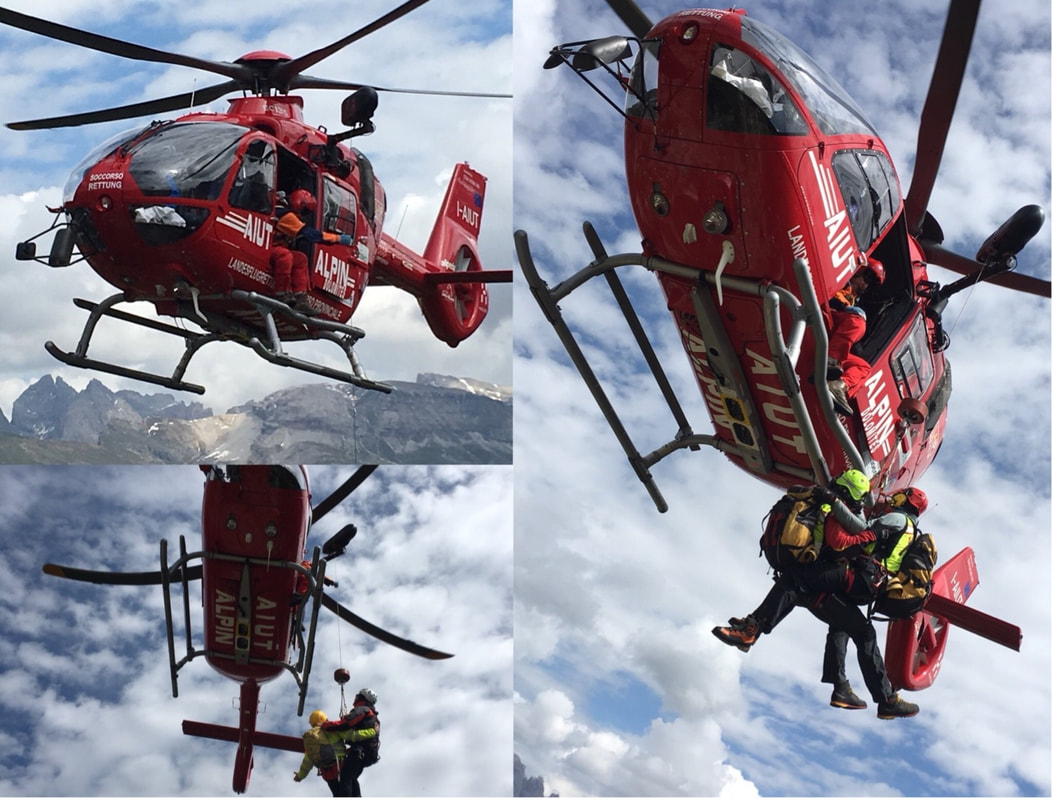
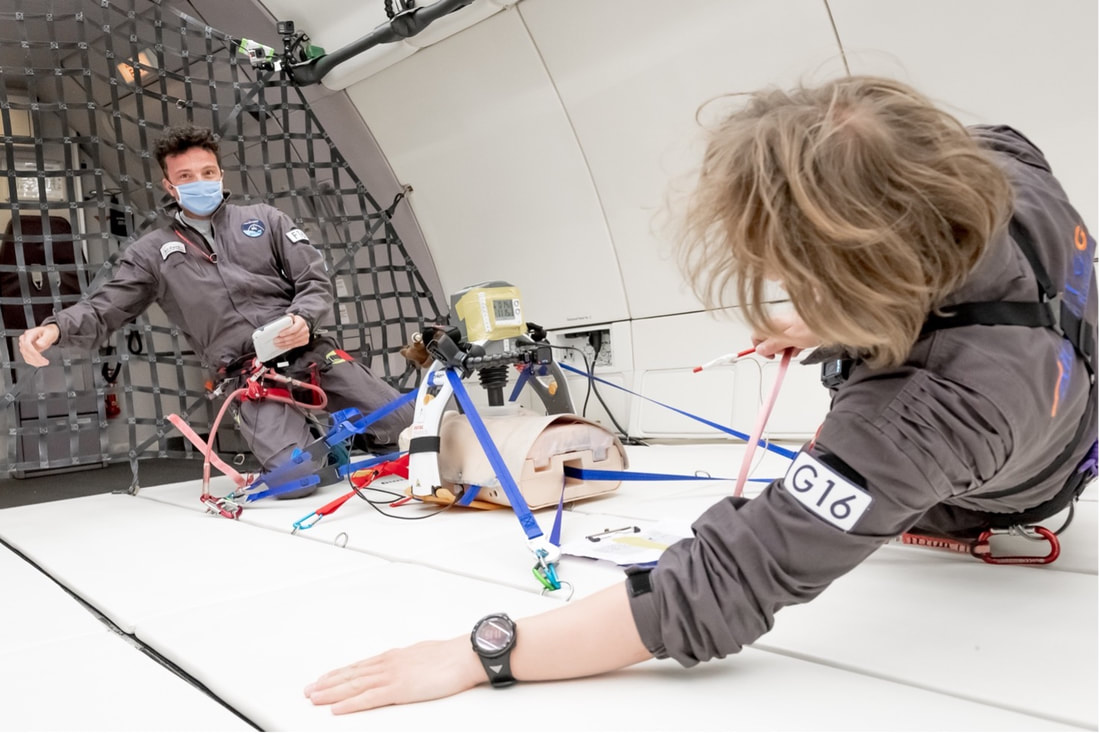
 RSS Feed
RSS Feed